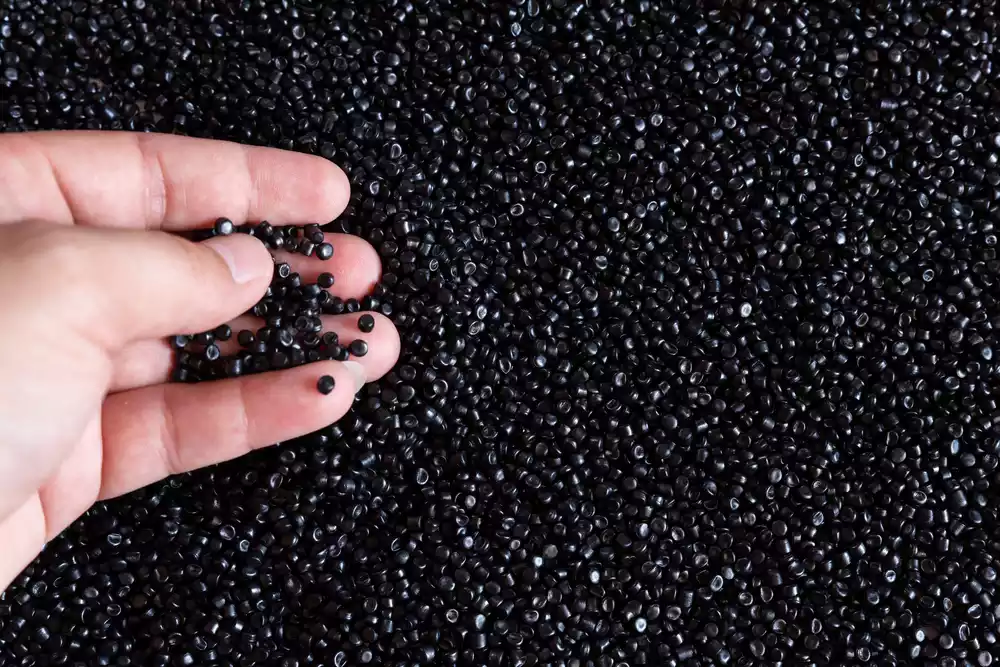
Manufacturing demands products that are not only functional but also ergonomic, environmentally resistant, and extremely durable. Achieving this combination often requires going beyond traditional assembly. This is where overmolding techniques come into play, a specialized injection process that is redefining component quality.
What are overmolding techniques?
Overmolding techniques involve a manufacturing process that consists of molding a layer of material over a pre-existing component (called an insert or substrate) to create an integrated, multi-material part.
Unlike single-shot molding, overmolding is performed in two distinct injection stages or by using a transfer mold, achieving a permanent chemical or mechanical bond between the substrate and the overmolded material.
The main objective is to drastically improve product performance by adding features such as:
- Hermetic sealing.
- Soft and ergonomic grip.
- Electrical or thermal insulation.
- Strain and vibration relief.
The pursuit of optimization: why the market demands it
Electronics, automotive, and medical device companies are constantly looking for ways to optimize their processes and reduce assembly costs. Overmolding techniques directly address this need:
- Increased Resistance (IP Rating): Thanks to the overmolding techniques, the market can better protect electronic components from water, dust, and chemicals. The overmolded material creates a seamless, hermetic seal around critical junctions.
- Reduced Assembly Costs: The goal is to eliminate the need for screws, adhesives, or secondary gaskets. Using these advanced overmolding techniques fuses two or more components in a single step, simplifying the Bill of Materials (BOM).
- Ergonomic and Aesthetic Improvement: Products must feel good in the hand. This technique allows rigid plastics or metal to be coated with thermoplastic elastomers (TPEs), creating “soft-touch” surfaces.
Common materials used in overmolding
The success of the technique depends on the compatibility of the materials and their ability to adhere, either chemically or mechanically.
- The Substrate (Insert) It is the initial rigid part onto which the second material is injected.
- Metals: Electronic components, connector terminals, shafts, tools.
- Rigid Plastics: Polycarbonate (PC), Acrylonitrile Butadiene Styrene (ABS), Nylon, or Polypropylene.
- The Overmolding Material It is generally a softer or more flexible polymer, although it can also be a second rigid plastic of a different color or texture.
- Thermoplastic Elastomers (TPEs): The most common material for creating soft grips, vibration dampening, and sealing.
- Thermoplastic Polyurethanes (TPUs): Offer high resistance to abrasion, oils, and grease. Ideal for parts that are constantly handled.
- PVC (Polyvinyl Chloride): Often used for cable overmolding due to its flexibility and low cost, although less common today due to regulations.

The essential steps of the overmolding techniques
The process is carried out inside an injection molding machine, but requires specialized tooling (molds).
- Insert Preparation: The substrate (e.g., the connector or cable) is manufactured or prepared (cleaning, preheating, or applying a primer to improve chemical adhesion).
- Mold Loading: The insert is placed manually or robotically into the cavity of the overmolding mold (insert mold).
- Mold Closing: The mold closes, firmly holding the insert in its exact position within the cavity.
- Polymer Injection: The overmolding polymer (e.g., TPE) is melted and injected at high pressure into the open cavity, flowing over and around the insert.
- Cooling and Curing: The injected material is allowed to cool and solidify, creating the permanent bond with the substrate.
- Ejection: The mold opens, and the finished part, with the overmolding already integrated, is ejected.
Overmolding and cable assemblies
Cable assemblies are often deployed in critical environments subject to severe mechanical stress, vibration, and moisture exposure. Ensuring their long-term reliability requires robust protection at their most vulnerable points to prevent premature failure.
This is where overmolding techniques become indispensable for cable assemblies. In a harness set, the most common failure points are where the cable exits the connector or housing, due to constant flexing.
Overmolding is used for:
- Strain Relief A flexible material is injected around the cable and connector junction. This overmolded “boot” or “gland” distributes flexing and tension forces over a wider surface area, preventing the internal wires from breaking. This is crucial in moving applications such as robots or portable equipment.
- Environmental Sealing When an interconnection system goes outdoors or into a humid environment (such as in a car engine), overmolding encapsulates the back of the connector and the crimp points, sealing them against moisture, dust, and oil. This process is key to achieving high IP protection ratings (such as IP67 or IP68).
- Identification and Coding The overmolded material can be injected in specific colors to code different harness versions, facilitating visual identification on the final assembly line.
Direct benefits in cable assemblies:
- Longer cable life: Results in reduced failures and warranty claims.
- Superior IP protection: Allows use in outdoor and harsh industrial environments.
- Ergonomic improvement: Connectors are easier to plug/unplug thanks to the grip.
The fusion of excellence
Overmolding techniques represent much more than just a finishing layer; they are an essential engineering methodology that fuses performance and durability. This advanced technique eliminates the weak points inherent in traditional assembly methods, offering unparalleled sealing, superior strain relief, and palpable ergonomic improvement. The versatility and reliability of these solutions are most critically demonstrated in the protection of complex systems.
For any design requiring maximum resistance to moisture, vibration, and mechanical stress, from medical tools to automotive equipment, the incorporation of overmolding techniques is indispensable.
By applying these principles, a simple connection is transformed into a robust interconnection system, ensuring that every wire harness assembly not only fulfills its electrical function but also withstands the punishment of the operating environment.
